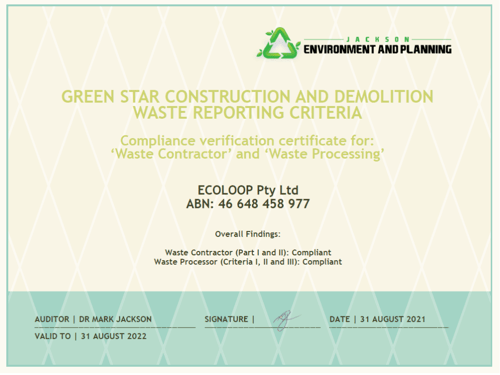Article by Ashley How - Fairview Architectural Tehnical Manager
Greenwashing
In the construction industry there is a growing awareness of the importance of environmental sustainability. However, as more parties jump onto the bandwagon it becomes increasingly difficult to separate the actual ‘green’ products from the ‘greenwash’ of tick, check, or point systems and manufacturers claims.
Our buildings exist in a complex ecosystem, and when analysing them we should think about -renewable resources and the environment as a whole. This is where LCA comes in - Life Cycle Assessment.
Life Cycle Assessment
Unlike other systems, LCA analyses the impact over the whole life cycle of a product in a “cradle to the grave” approach. This means that all the steps of the process are looked at, from raw material, product manufacturing, use, transport and final disposal at end of life. It takes into account what happens before and after a product is used by customers.
An example of how this operates is you might be considering two products for an application. Product A is more eco-friendly to produce and initially looks more attractive over product B, but once you review the full life-cycle you realise that not only does product A requires more natural resources, it cannot be recycled and must be sent to landfill.
LCA in Construction
In order to understand how to calculate Building LCA, we need to first understand the stages of a buildings life cycle, as follows:
- Product stage – anything between the raw material extraction point and the construction site
- Construction stage – transporting materials, construction equipment, waste generated etc
- Use stage – actual use of the building and operational energy consumed, maintenance
- End-of-life stage – demolition and recycling/disposal of materials
In each of these stages the environmental impact needs to be considered. There are multiple standardised impact categories that are typically measured, including:
- Greenhouse gases (CO2)
- Acidification potential
- Ozone depletion potential
- Particulate matter
- Water scarcity
- Fossil fuel depletion
- Mineral depletion
Actual Product LCA’s
With the help of accredited LCA experts Lifecycles®, we have conducted a preliminary assessment of three common cladding products to demonstrate what this means in actual application. The assessment includes nine key environmental criteria, with a couple of key numbers highlighted below.
Climate change results by stage
Fossil Fuel depletion by stage
Looking at the first graph – CO2 emissions – it is obvious that aluminium is a significant contributor with over 200kg / m2 of panel. However aluminium is highly recyclable and it is commercially viable to do so therefore it can be reused repeatedly over a long period of time. This results in a far lower overall net impact.
In our current world, realistically for recycling to typically occur, it really needs to be commercially viable –there is money to be made through recycling. For instance, solid core ACP (FR/NC) has aluminium that can be recycled, but the cost involved to separate the aluminium and dispose of the core is such that no recycling firms are currently accepting ACP. This means the overall environmental impact is much higher.
Wrap up
From the above, it is clear how important it is to consider the full lifecycle of a product when determining the total environmental impact. To merely look at the manufacturing impact only provides part of the picture.
Life Cycle Assessment provides an alternative to the greenwash of many environmental certification systems based on number of points or otherwise, that don’t have the same level of transparency.




